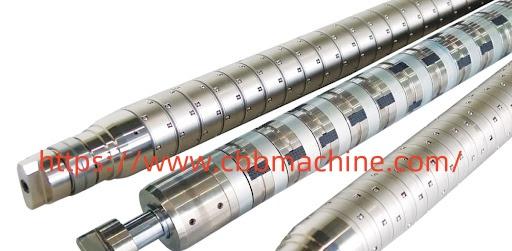Key Applications Driving the Demand for Acrylic Sheets
The acrylic sheets market has witnessed significant growth in recent years, driven by the increasing demand from various end-use industries such as construction, automotive, signage, and interior design. Acrylic sheets are widely preferred over glass due to their lightweight nature, high transparency, and superior impact resistance. These attributes have made acrylic sheets an essential material in sectors where durability and aesthetics are equally important.
One of the key drivers of this market is the ongoing trend toward architectural modernization. Acrylic sheets are being used extensively in building facades, skylights, partitions, and decorative elements. As urbanization accelerates across Asia-Pacific and the Middle East, the demand for visually appealing, lightweight materials continues to rise. Moreover, the construction industry's shift toward sustainable and energy-efficient solutions has further encouraged the use of acrylic sheets, which are recyclable and require less energy in production compared to traditional glass.
In the automotive sector, acrylic sheets are increasingly used in headlamps, windows, and instrument panels. Their high optical clarity and resistance to UV rays make them an ideal choice for components exposed to sunlight and weather elements. Additionally, acrylic sheets offer better performance at a lower cost, contributing to the growing adoption of lightweight materials in electric and hybrid vehicles.
The signage and advertising industry has also played a pivotal role in driving market growth. Acrylic sheets are preferred for outdoor advertising boards, displays, and promotional stands due to their ability to withstand harsh weather conditions while maintaining brightness and color fidelity. The flexibility in design and ease of cutting and shaping allow manufacturers to create visually striking products that meet brand-specific requirements.
Innovation is another factor propelling the acrylic sheets market forward. Manufacturers are developing new grades with enhanced fire resistance, scratch-proof coatings, and UV stabilizers. These advancements have expanded the application scope, making acrylic sheets suitable for high-performance and safety-critical applications.
The market is highly competitive, with key players focusing on product differentiation, strategic partnerships, and regional expansions to gain an edge. For instance, collaborations with construction firms and automotive companies are helping manufacturers tailor their products to meet sector-specific needs. Moreover, investments in R&D to improve product properties are paving the way for new growth opportunities.
Looking ahead, the acrylic sheets market dynamic is expected to continue its upward trajectory. The growing emphasis on modern architecture, green building materials, and lightweight automotive components will likely sustain demand. However, challenges such as fluctuating raw material prices and competition from alternative materials like polycarbonate and tempered glass could impact market dynamics.
In conclusion, the acrylic sheets market stands at the crossroads of innovation and demand-driven expansion. With its versatile applications and performance benefits, acrylic sheets are set to remain a preferred choice in industries seeking durable, aesthetically pleasing, and cost-effective solutions.





